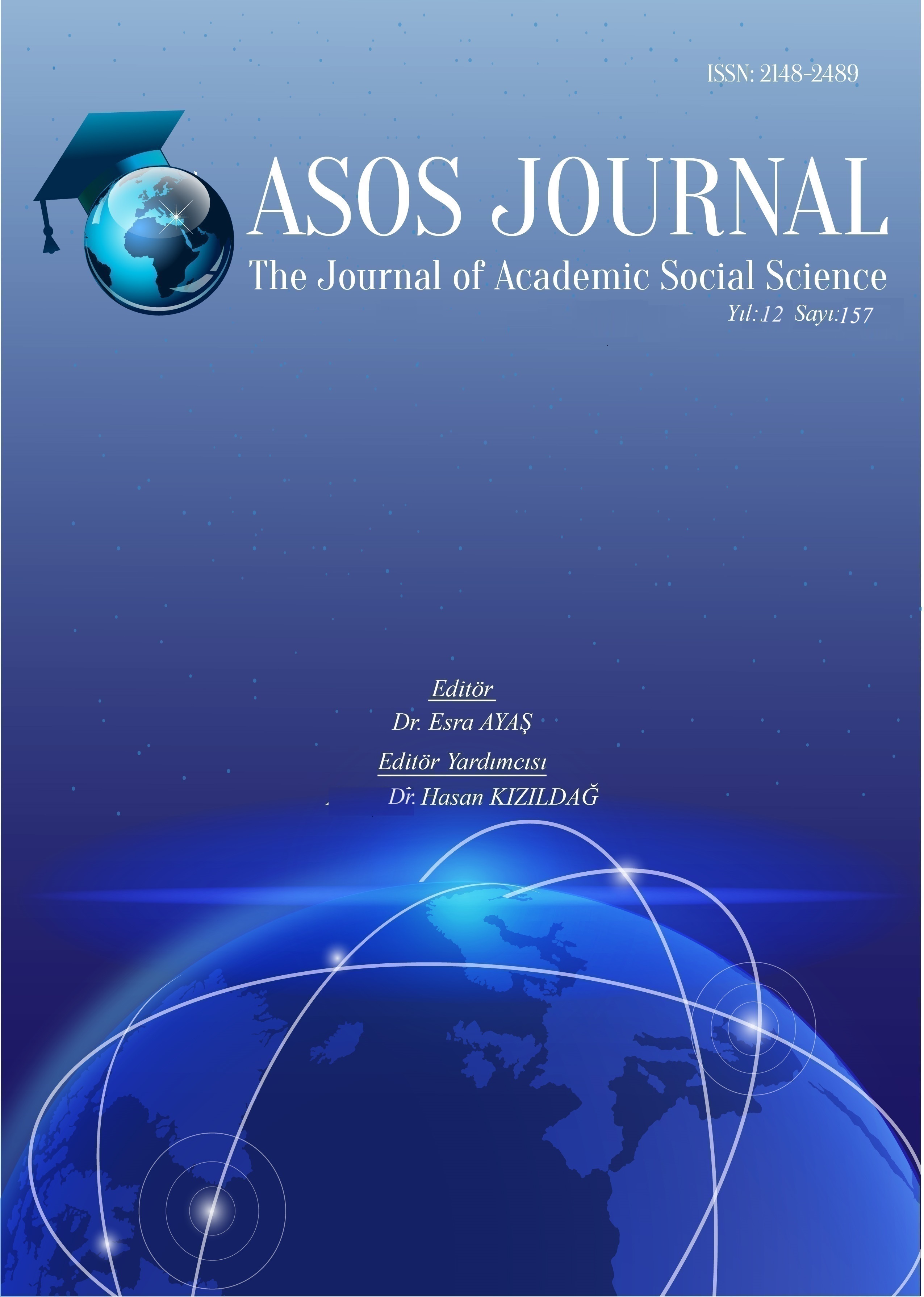Author :
Abstract
Çocuğun gelişimi için yaşamsal öneme sahip olan oyun, çocukların fiziksel, sosyal, dilsel bilişsel ve duygusal iletişimini desteklemektedir. Oyunlar, gerekli davranış, bilgi ve becerilerin kendiliğinden öğrenildiği bir süreçtir. Çocuk, yardımlaşma, hoşgörü, saygı, bağımsızlık ve cesaret gibi değerleri oyun sırasında öğrenir ve yaşamda yer alan rolleri kavrar. Bu araştırmanın amacı, Afyonkarahisar’ın Efe Sultan köyündeki geleneksel çocuk oyun ve tekerlemelerinin çocuklar üzerindeki iletişim değerini incelemektir.Geleneksel oyunların aynı zamanda iletişimsel oyunlar olmaları ve melodik yapılar içermeleri, birçok yönden incelenmelerini gerektirmektedir. Bu unsurlar bir araya geldiklerinde ortaya çıkan folklorik ögeler, çalışmanın konusunu oluşturmaktadır.Melodik yapıların her yönü öğrenmede etkili olsa da perde aralığı, ölçü, cümle uzunluğu, kontur ve uyumu bu araştırmada incelenmiş, her bir unsuru parçalara ayrılarak ve her bir unsurun müziğe ne getirdiğini analiz edilmiş, tekerlemelerin iletişime katkısı ve dil gelişimini nasıl etkilediği hipotezleştirilmeye çalışılmıştır.
Keywords
Abstract
Play, which is of vital importance for the development of the child, supports children's physical, social, linguistic, cognitive and emotional communication. Games are a process in which the necessary behavior, knowledge and skills are learned spontaneously. The child learns values such as cooperation, tolerance, respect, independence and courage during play and understands the roles in life. The purpose of this research is to examine the communication value of traditional children's games and nursery rhymes on children in Efe Sultan village of Afyonkarahisar.The fact that traditional games are also communicative games and contain melodic structures requires examining them from many aspects. The folkloric elements that emerge when these elements come together constitute the subject of the study.Although every aspect of melodic structures is effective in learning, pitch range, meter, sentence length, contour and harmony were examined in this research, each element was divided into parts and what each element brought to music was analyzed, and the contribution of rhymes to communication and how they affected language development were tried to be hypothesized.





